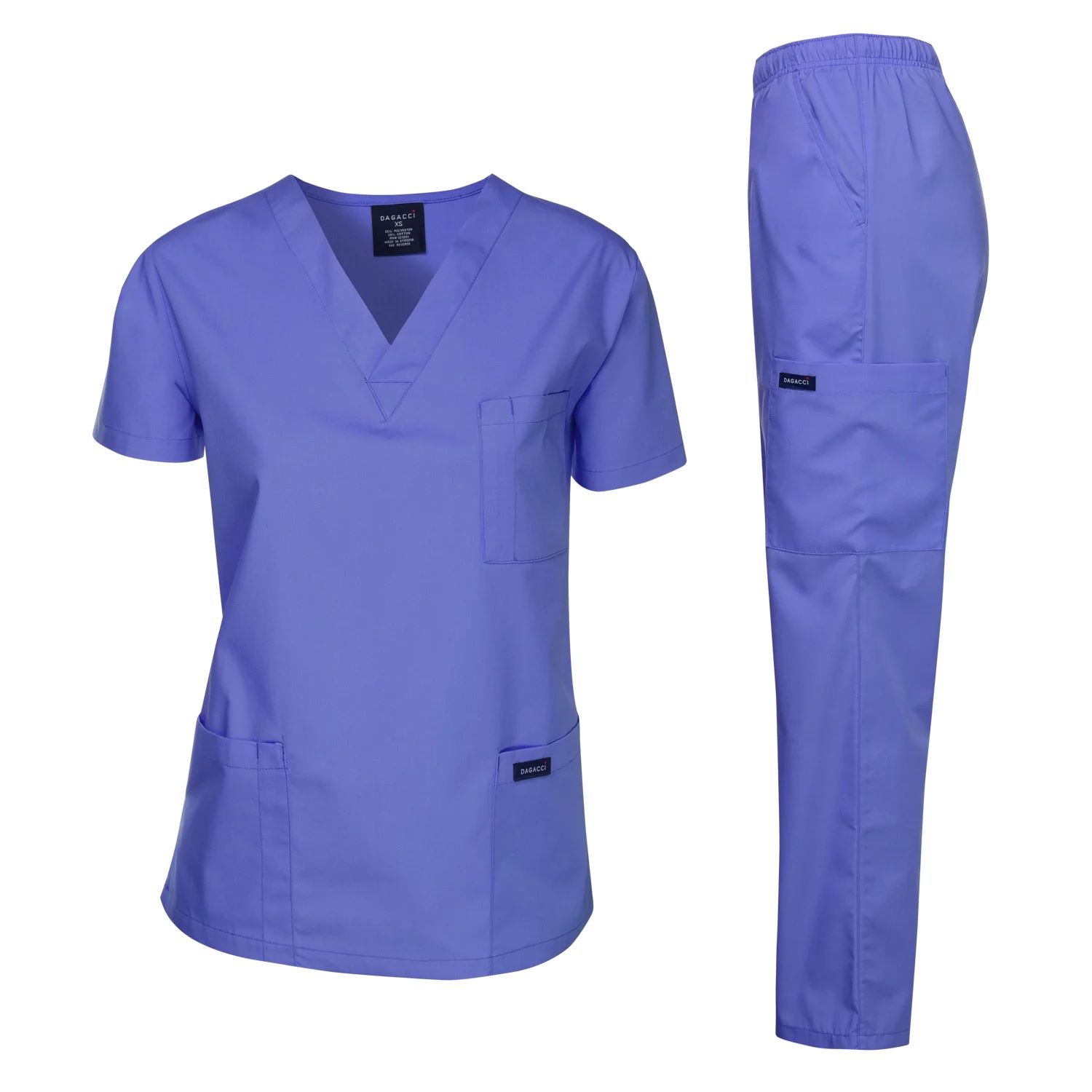

Articles
How To Store Scrubs
Modified: August 28, 2024
Learn the best methods for storing your scrubs and keeping them fresh and organized. Read our articles for helpful tips and tricks.
(Many of the links in this article redirect to a specific reviewed product. Your purchase of these products through affiliate links helps to generate commission for Storables.com, at no extra cost. Learn more)
Introduction
Welcome to the world of healthcare professionals, where scrubs are an essential part of our daily uniform. As a nurse, doctor, or medical assistant, you know that having clean and presentable scrubs is not only a matter of professional appearance but also a factor in maintaining hygiene and preventing the spread of infections. But have you ever thought about the importance of proper scrub storage?
Proper scrub storage goes beyond just neatly folding your scrubs and tucking them away in a drawer. It involves understanding the different types of scrubs, considering various factors when choosing a storage method, and implementing the right techniques to ensure your scrubs stay fresh and in good condition.
In this article, we will explore the significance of proper scrub storage and provide you with useful tips and guidelines to keep your scrubs clean and ready for use. So, let’s dive in!
Key Takeaways:
- Proper scrub storage is crucial for maintaining hygiene, preserving appearance, and prolonging the lifespan of healthcare uniforms. Implementing effective storage methods can enhance productivity and confidence in healthcare professionals.
- Understanding the different types of scrubs and considering factors like space availability, hygiene requirements, and convenience is essential for choosing the right scrub storage method. Following proper storage tips and avoiding common mistakes can ensure that scrubs remain in optimal condition for use.
Read more: How To Store Sugar Scrub
Why Proper Scrub Storage is Important
Proper scrub storage plays a crucial role in maintaining the quality and cleanliness of your uniforms. Here are a few reasons why it is important:
- Prolongs the Lifespan: Investing in high-quality scrubs can be expensive, and you want to make sure they last as long as possible. Proper storage can help prevent unnecessary wear and tear, such as fading, stretching, or snags, which can lead to premature replacement.
- Maintains Hygiene: Scrubs can come into contact with various contaminants in healthcare settings, including bacteria, bodily fluids, and particulates. By storing your scrubs properly, you can reduce the risk of cross-contamination and ensure that your garments remain clean and sanitary for the next use.
- Preserves Appearance: Neatly stored scrubs are less likely to develop wrinkles, creases, or discoloration. This helps project a professional image and promotes confidence in patients and colleagues.
- Eases Access and Organization: A well-organized scrub storage system makes it easy to locate and retrieve the desired uniform quickly. This saves you time, especially during busy shifts, and minimizes frustration when you are rushing to get ready.
- Improves Psychological Mindset: Knowing that your scrubs are clean and effectively stored can enhance your mindset and overall well-being. Feeling confident and comfortable in your work attire contributes to increased productivity and a positive outlook.
Now that we understand the importance of proper scrub storage, let’s explore the different types of scrubs commonly used in healthcare settings.
Types of Scrubs
When it comes to healthcare uniforms, there are various types of scrubs to choose from. Understanding the different options available can help you determine the most appropriate storage method for your specific needs. Here are some common types of scrubs:
- Traditional Scrubs: These are the classic V-neck or round-neck tops and drawstring or elastic waist pants. They come in a wide range of solid colors and are made from durable fabrics such as cotton or a blend of cotton and polyester. Traditional scrubs are the go-to choice for many healthcare professionals and are relatively easy to store.
- Printed Scrubs: Printed scrubs feature various patterns, designs, or themes, making them a popular choice for those who want to add a touch of personality to their uniforms. They can include floral prints, animal patterns, cartoon characters, or even festive designs. Proper storage is essential to prevent the colors from fading and the prints from peeling or cracking.
- Specialty Scrubs: Specialty scrubs are designed for specific healthcare professions or departments. For example, surgical scrubs have a unisex design and are typically worn in the operating room. Maternity scrubs are specially tailored to accommodate the growing belly of expectant mothers. Consider the unique features of specialty scrubs when deciding on the ideal storage method.
- Disposable Scrubs: Disposable scrubs are primarily used in sterile environments or situations where a high level of infection control is necessary. These scrubs are typically made from lightweight, breathable material and are intended for single-use. Due to their disposable nature, specialized storage may not be required.
Now that we have explored the different types of scrubs, it’s time to delve into the factors to consider when choosing a scrub storage method.
Factors to Consider When Choosing Scrub Storage Method
Choosing the right scrub storage method is essential for keeping your uniforms organized, clean, and in good condition. Here are some important factors to consider when deciding how to store your scrubs:
- Space Availability: Assess the space you have available for scrub storage. This includes considering the size of your closet, drawer space, or any designated storage area at your workplace. It’s important to choose a storage method that fits within your available space while allowing easy access to your scrubs.
- Hygiene Requirements: The healthcare industry prioritizes hygiene and infection control. Consider if your workplace requires specific guidelines for scrub storage to maintain cleanliness and prevent the spread of bacteria or contaminants. Some facilities may recommend using garment bags or separate storage containers for soiled or contaminated scrubs.
- Convenience and Accessibility: Opt for a storage method that allows you to easily locate and access your scrubs when needed. This can include utilizing labeled shelves, hanging racks, or clear containers that allow for clear visibility and quick retrieval of your uniforms.
- Air Circulation and Sunlight: Proper air circulation and exposure to sunlight can help prevent moisture build-up, mold, and unwanted odors. If possible, store your scrubs in a well-ventilated area or consider using breathable garment bags that allow air circulation while keeping your scrubs protected.
- Separation of Clean and Soiled Scrubs: It’s important to keep your clean and soiled scrubs separate to avoid cross-contamination. Consider using different storage containers or bags for each to maintain the sanitary condition of your clean uniforms.
- Preservation of Specialty Scrubs: If you have specialty scrubs, such as surgical or maternity scrubs, take extra care in choosing a storage method that protects their unique features. Consider using hangers or specialized storage systems that maintain their shape and prevent unnecessary wrinkling.
With these factors in mind, let’s move on to explore some helpful tips for storing your scrubs effectively.
Store scrubs in a cool, dry place away from direct sunlight to prevent fading and damage. Hang them or fold them neatly to avoid wrinkles and creases.
Tips for Storing Scrubs
Properly storing your scrubs is essential to keep them clean, organized, and ready for use. Here are some helpful tips to ensure effective scrub storage:
- Separate Clean and Soiled Scrubs: Keep your clean and soiled scrubs separate to avoid cross-contamination. Consider using color-coded storage containers or bags to easily identify which scrubs are clean and which need laundering.
- Utilize Hanging Space: Hang your scrubs on hangers to prevent wrinkles and maintain their shape. Invest in a sturdy clothing rack or utilize the provided hooks in your closet. Make sure to spread your scrubs out to allow air circulation and prevent overcrowding.
- Consider Foldable Storage Solutions: If you have limited hanging space, fold your scrubs neatly and place them in labeled storage bins or drawers. This helps maximize storage capacity and keeps your scrubs easily accessible.
- Protect Specialty Scrubs: Store specialty scrubs, such as surgical or maternity scrubs, in individual garment bags to preserve their unique features and prevent damage. Hang them or place them in a specialized storage system specifically designed for their needs.
- Keep Scrubs Away from Direct Sunlight: Avoid storing your scrubs in direct sunlight as it can cause fading over time. Instead, opt for a cool, dry area away from windows or invest in blackout curtains to protect your scrubs from excessive light exposure.
- Use Desiccants: Add desiccant packets or moisture-absorbing products to your storage containers or drawers to prevent moisture buildup and reduce the risk of mold or unpleasant odors.
- Regularly Clean and Rotate Storage: Clean your storage containers, shelves, and hangers regularly to maintain cleanliness and remove any dust or debris. Additionally, rotate your scrubs regularly to ensure equal wear and reduce the chances of repetitive strain on specific uniforms.
- Label Your Storage: Use labels or tags to identify different types of scrubs, sizes, or departments. This helps you quickly locate the desired uniforms, especially during rushed shifts or when working in a shared environment.
- Follow Manufacturer’s Recommendations: Always refer to the manufacturer’s care instructions for your scrubs. Some may have specific recommendations for storage or cleaning methods to prolong their lifespan and maintain their quality.
By following these tips, you can ensure that your scrubs stay in excellent condition, ready for your next shift. Now, let’s discuss some common mistakes to avoid when storing your scrubs.
Read more: How To Scrub A Carpet
Common Mistakes to Avoid when Storing Scrubs
While storing your scrubs may seem like a simple task, there are some common mistakes that can lead to unnecessary damage or hygiene issues. Here are some mistakes to avoid when storing your scrubs:
- Leaving Scrubs on the Floor: Avoid storing your scrubs on the floor, as it increases the risk of dirt, dust, or liquid contamination. Instead, utilize hangers, hooks, or designated storage containers for clean and soiled uniforms.
- Overcrowding: Overcrowding your storage space can lead to wrinkling, stretching, or misshaping of your scrubs. Make sure to provide enough space for each garment to hang freely or stack neatly to maintain their original form.
- Improper Folding: Incorrectly folding your scrubs can result in unsightly creases or wrinkles. Take the time to fold your scrubs neatly, following the natural seams, and avoid folding them in a rushed or haphazard manner.
- Ignoring Specialty Scrubs: Specialty scrubs, such as surgical or maternity scrubs, may require extra care due to their unique features. Neglecting their specific storage needs can lead to damage or unnecessary wear and tear.
- Not Laundering Before Storage: It’s important to launder your scrubs before storing them, especially if they have come into contact with bodily fluids or contaminants. Storing dirty scrubs can lead to bacterial growth, unpleasant odors, and potential cross-contamination.
- Using Plastic Bags: Avoid storing your scrubs in plastic bags as they can trap moisture and promote the growth of mold or mildew. Opt for breathable fabric garment bags or storage containers instead.
- Neglecting Air Circulation: Proper air circulation is crucial for maintaining the freshness of your scrubs. Avoid tightly packing your storage containers or blocking airflow in your storage area. This can help prevent musty odors and potential mold formation.
- Forgetting to Rotate Scrubs: Neglecting to rotate your scrubs can result in excessive wear and tear on specific garments. Rotate your scrubs regularly to evenly distribute usage and extend the lifespan of your uniforms.
- Storing in Damaging Environments: Avoid storing your scrubs in environments prone to excessive heat, humidity, or direct sunlight. Extremes in temperature or exposure to sunlight can cause fading, fabric deterioration, or unwanted odors.
- Ignoring Care Instructions: Each scrub manufacturer provides specific care instructions that you should follow. Ignoring these instructions can lead to fabric damage, color fading, or loss of durability. Always refer to the care label and follow the recommended guidelines.
By avoiding these common mistakes, you can ensure that your scrubs remain in optimal condition and ready to wear. Now, let’s wrap up our discussion.
Conclusion
Proper scrub storage is an essential aspect of maintaining the quality, cleanliness, and longevity of your healthcare uniforms. By following the tips and avoiding the common mistakes outlined in this article, you can ensure that your scrubs stay in excellent condition and are readily available for your next shift.
Remember to assess your available space, consider hygiene requirements, and choose a storage method that is convenient, accessible, and promotes good air circulation. Separate your clean and soiled scrubs, utilize proper folding or hanging techniques, and protect specialty scrubs with garment bags or specialized storage systems.
Regularly clean and rotate your storage, adhere to manufacturer’s care instructions, and avoid overcrowding or storing scrubs in damaging environments. By taking these steps, you can prolong the lifespan of your scrubs, maintain their professional appearance, and promote a hygienic work environment.
So, whether you’re a nurse, doctor, or medical assistant, make sure to give your scrubs the care they deserve. Proper scrub storage is not just about organizing your uniforms but also about upholding hygiene standards and projecting a professional image. By implementing these practices, you can ensure that your scrubs are always clean, fresh, and ready to support you in providing excellent patient care.
Thank you for reading, and happy scrub storage!
Frequently Asked Questions about How To Store Scrubs
Was this page helpful?
At Storables.com, we guarantee accurate and reliable information. Our content, validated by Expert Board Contributors, is crafted following stringent Editorial Policies. We're committed to providing you with well-researched, expert-backed insights for all your informational needs.
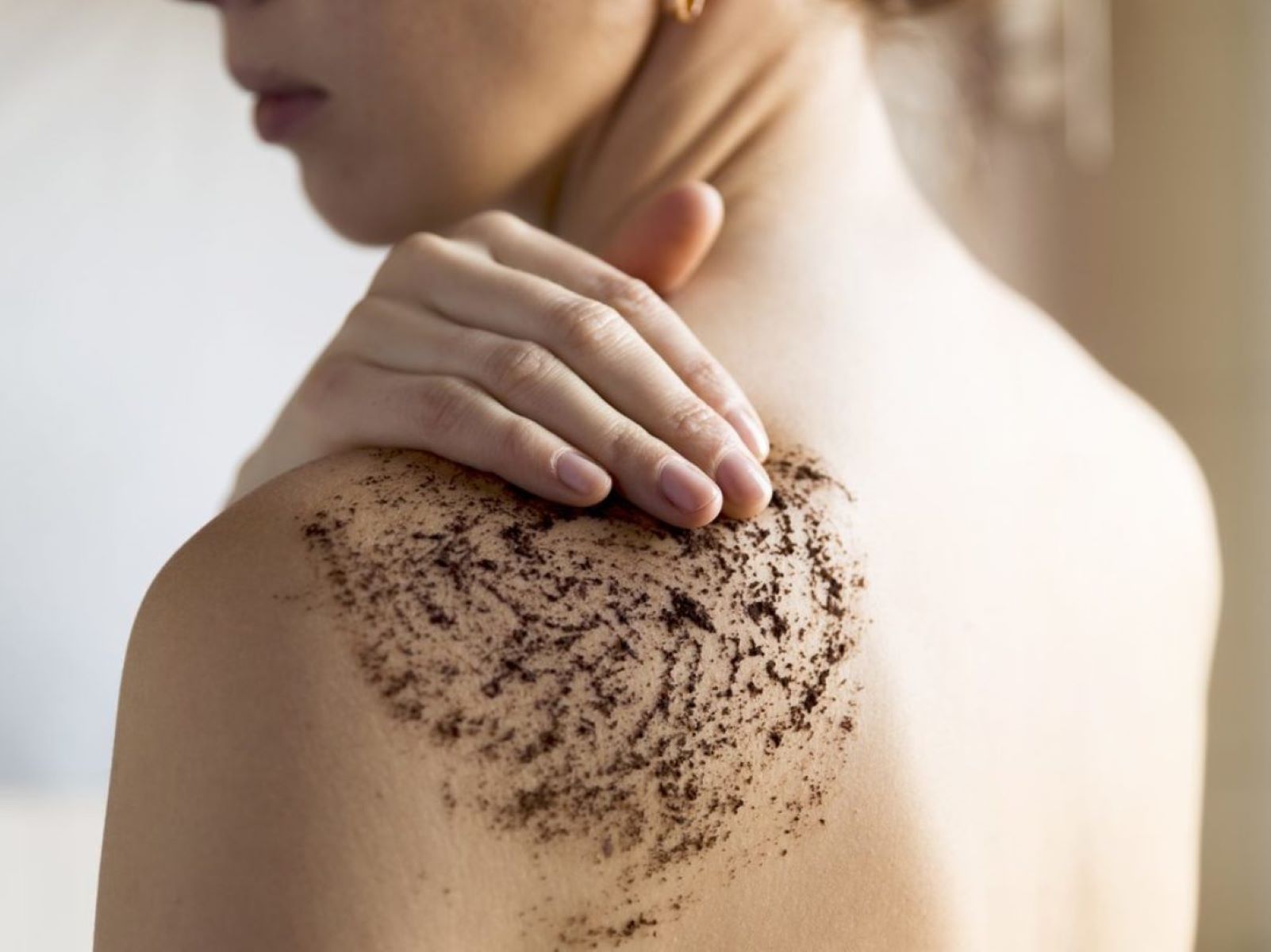
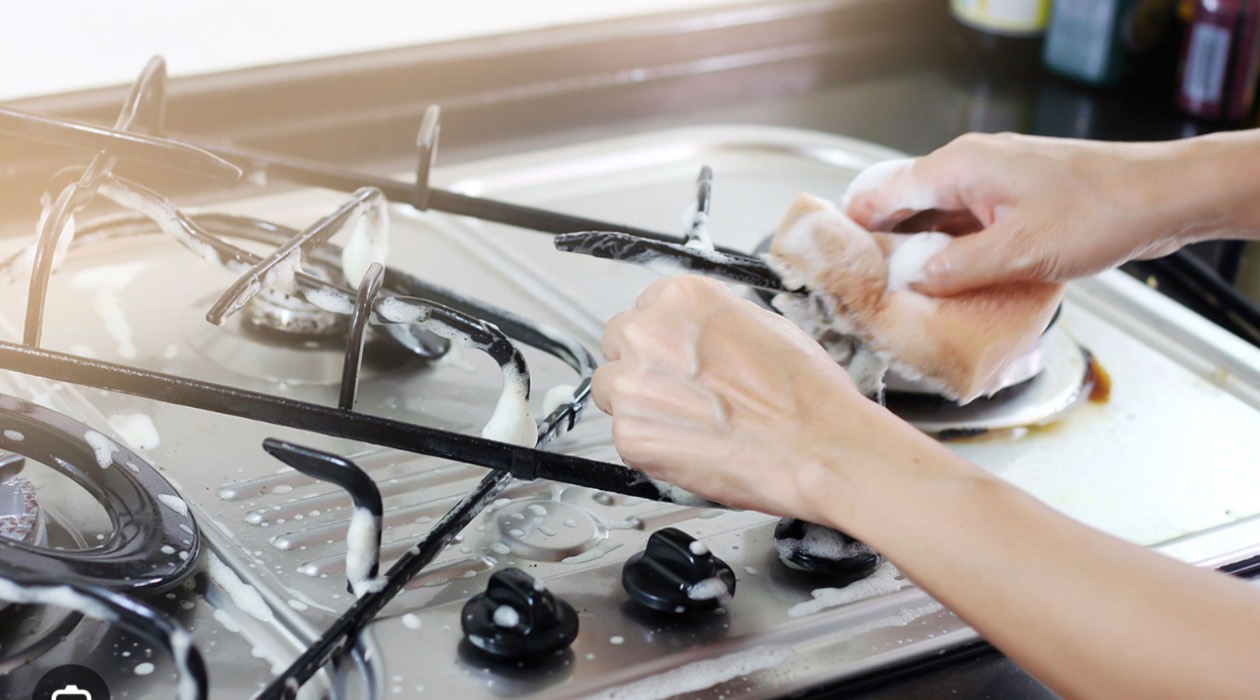
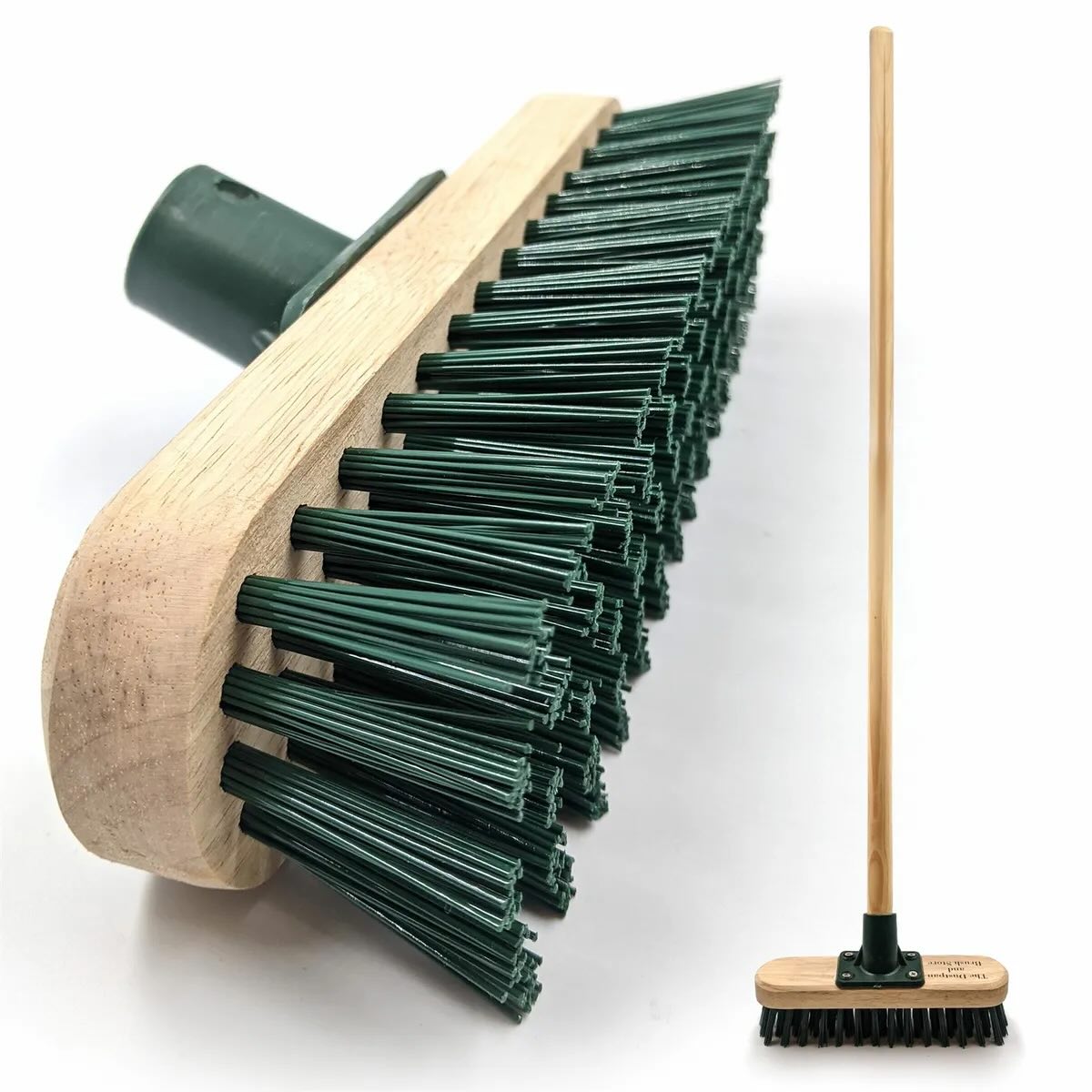
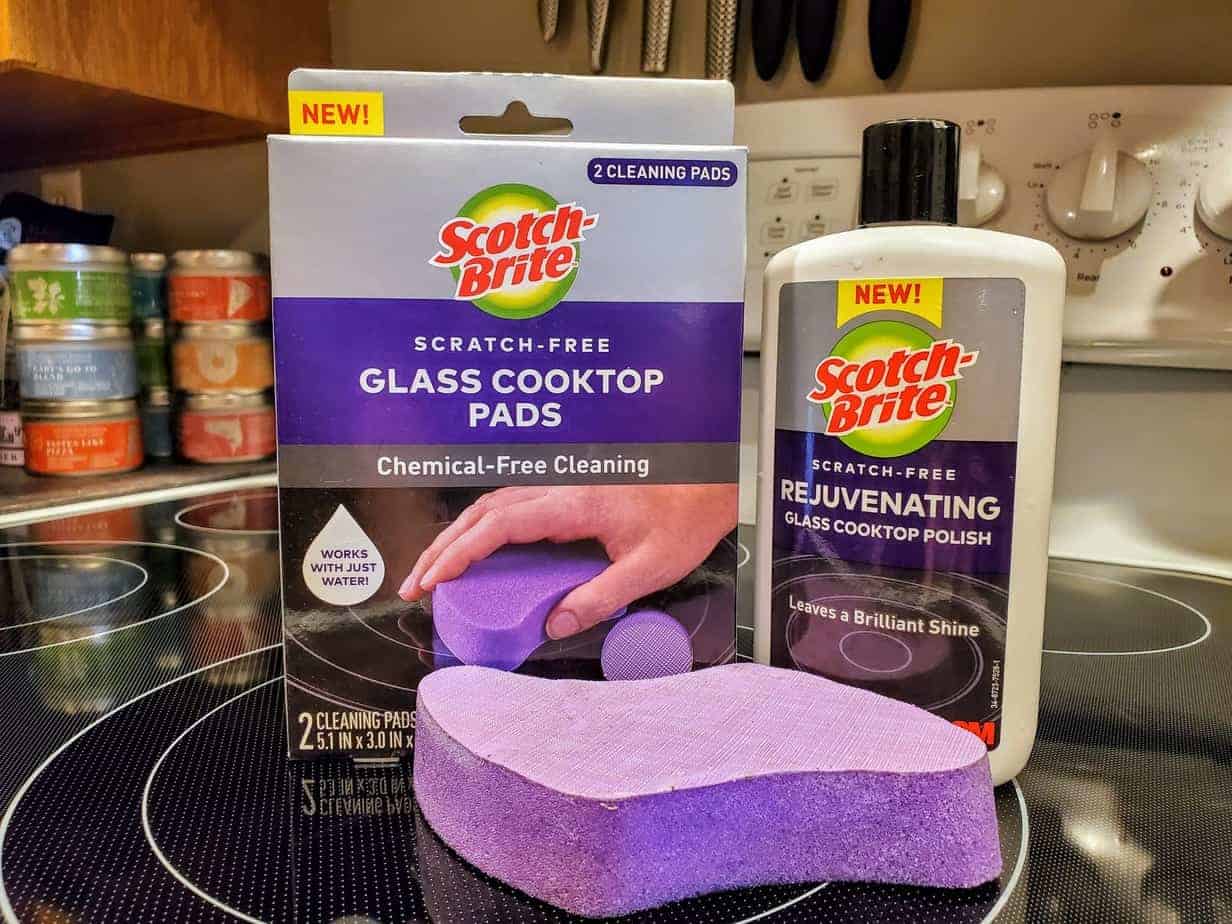
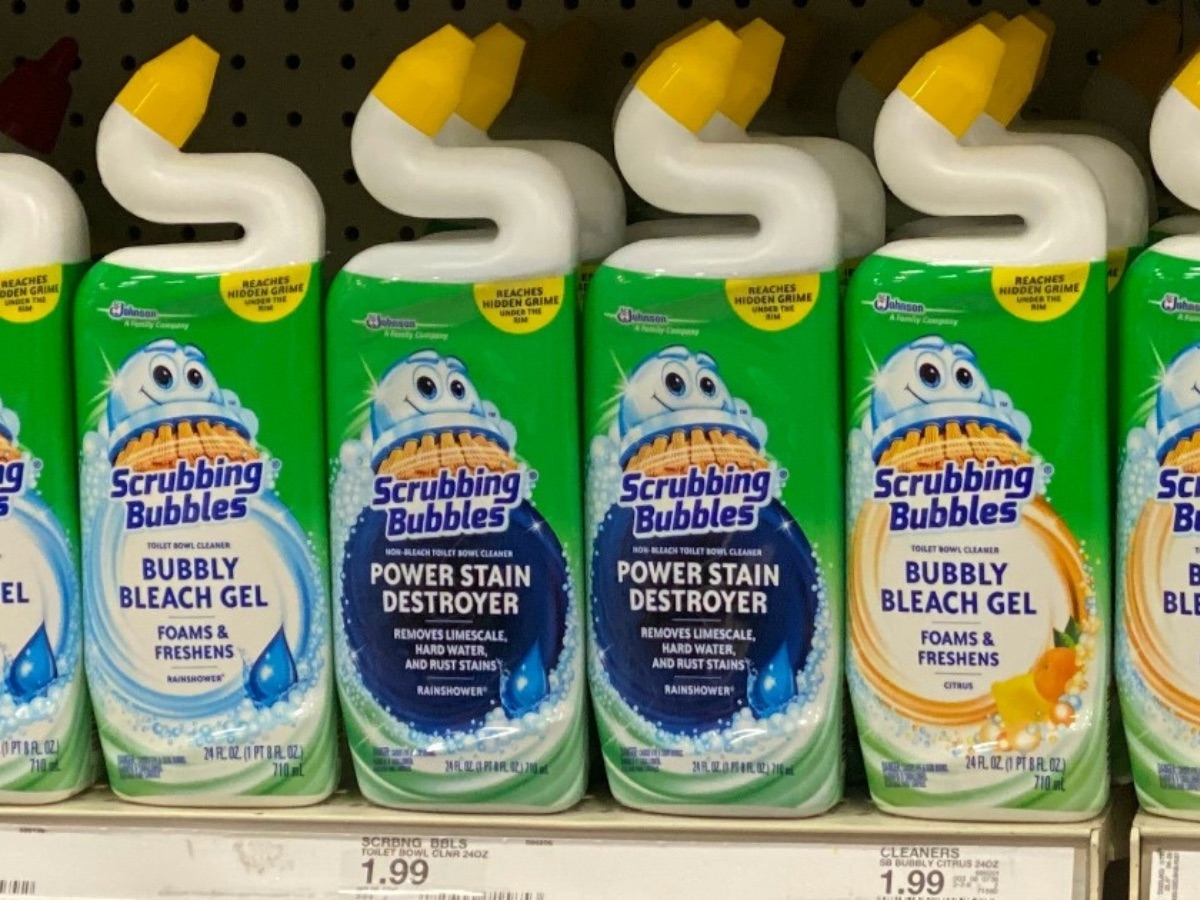
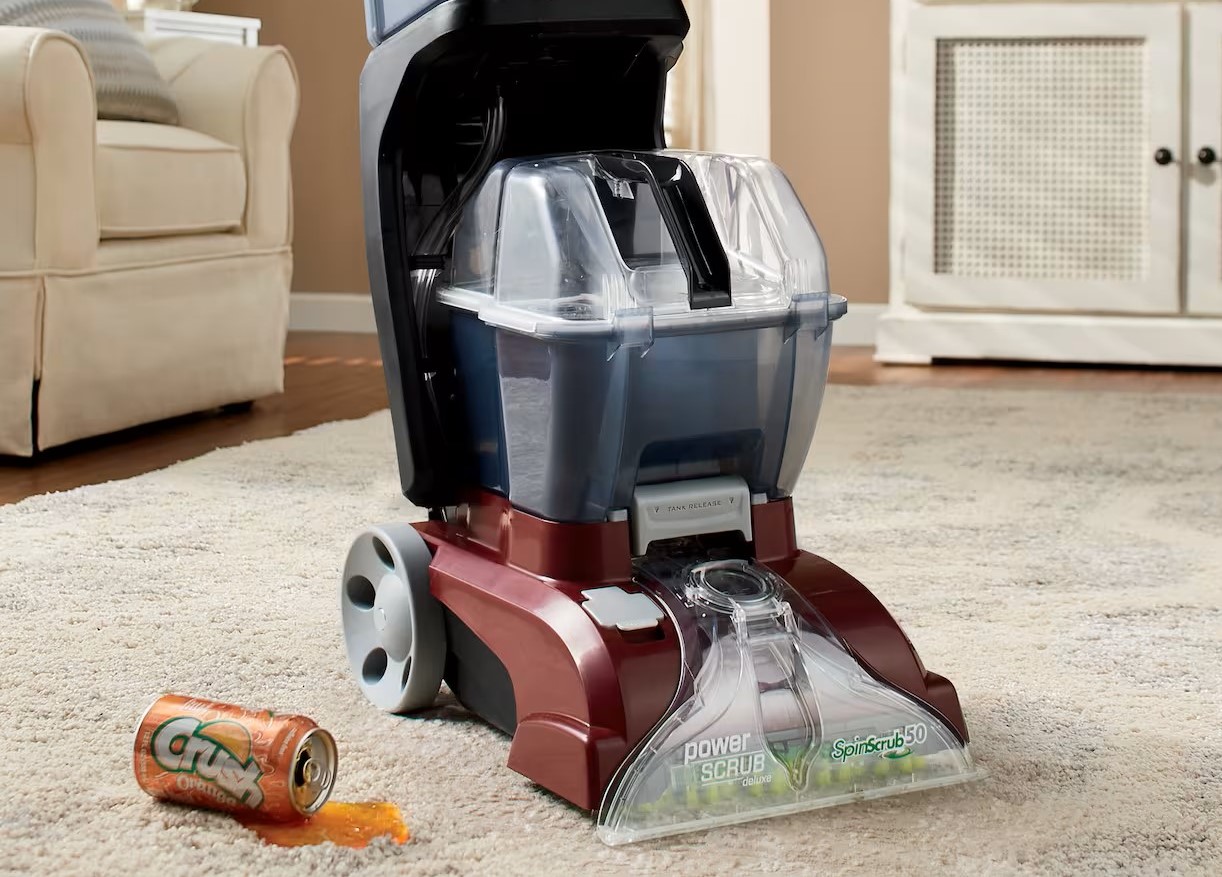
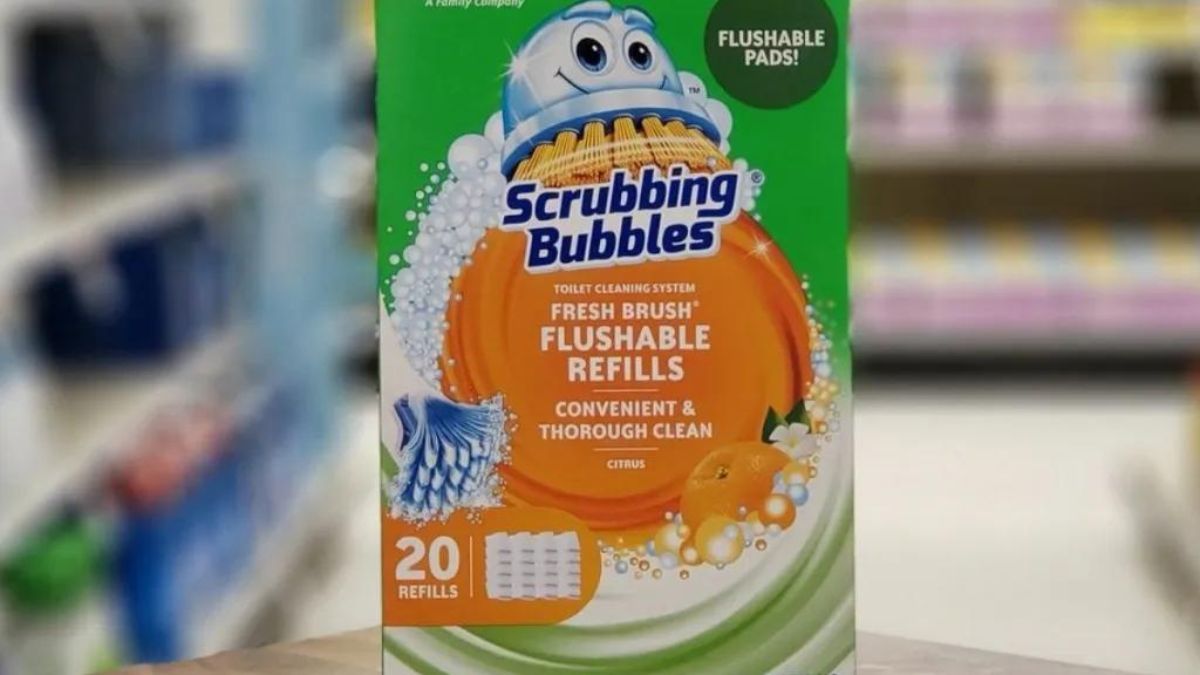
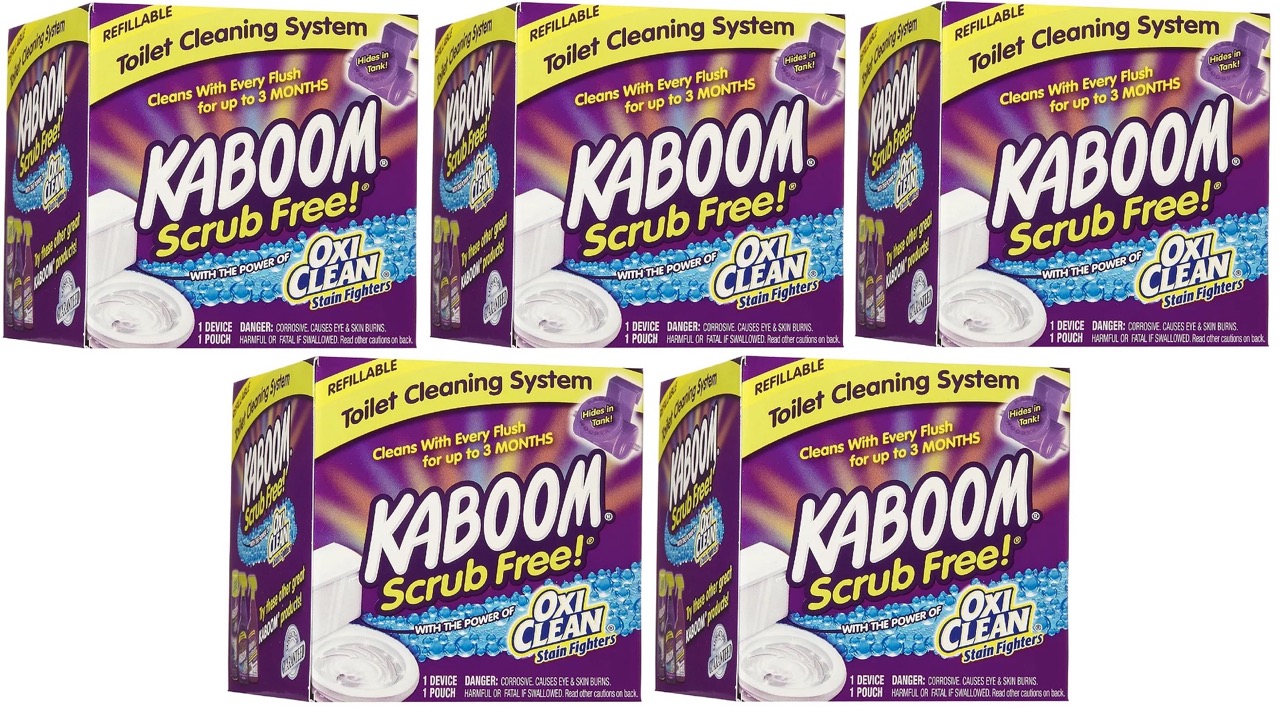
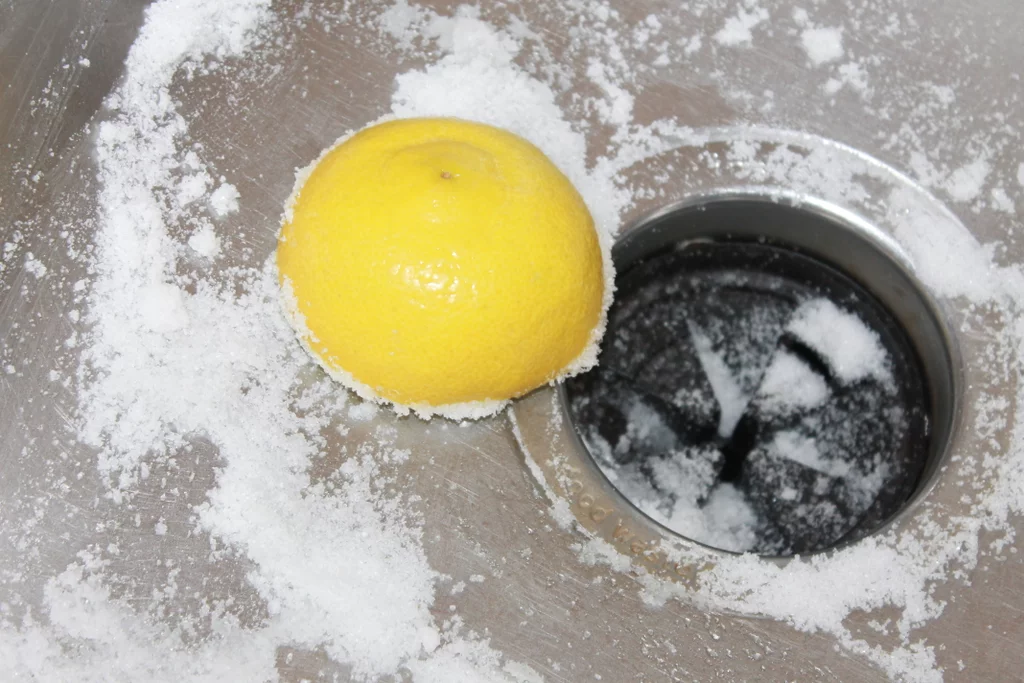






0 thoughts on “How To Store Scrubs”